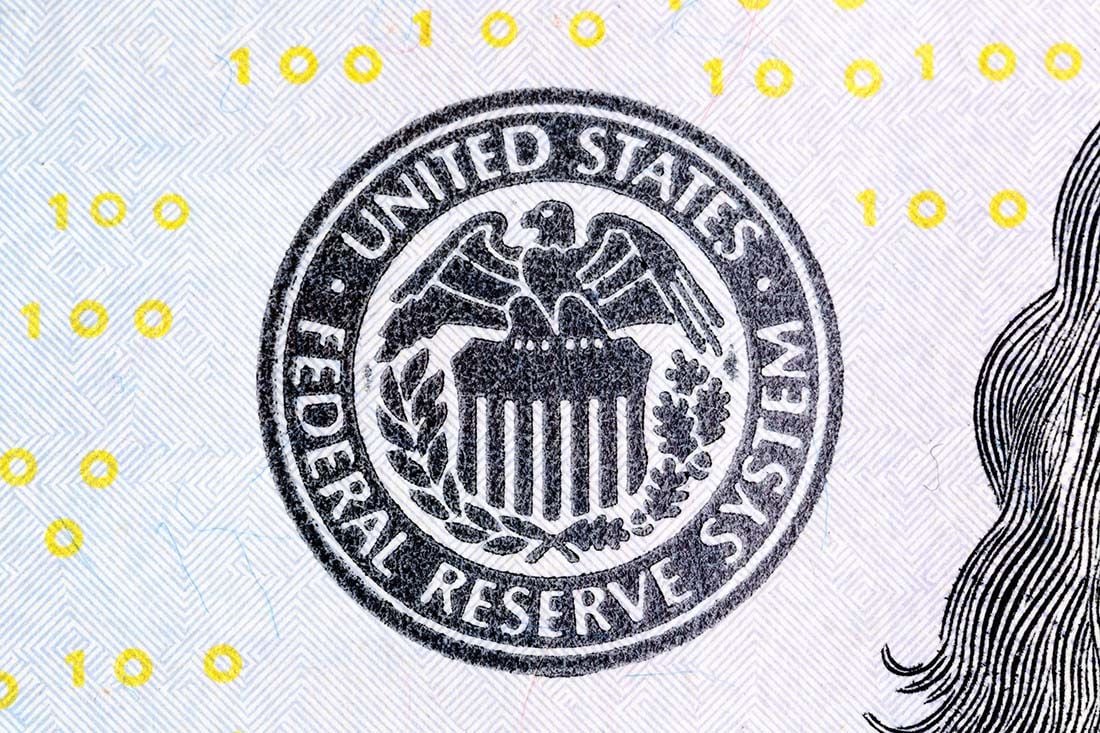The Fed Could Open Door to 1.21 and Above in Euro-Dollar Exchange Rate
- Written by: Gary Howes
-

Image © Adobe Images
- EUR/USD spot at publication: 1.2060
- Bank transfer rates (indicative guide): 1.1640-1.1724
- Money transfer specialist rates (indicative): 1.1990
- More information on bank-beating rates, here
- Set a rate alert, here
Investors are turning to the Euro once more as they anticipate it to rise in value against the U.S. Dollar, however the mid-week meeting of the U.S. Federal Reserve could determine whether these bets face a near-term setback.
The Federal Reserve (Fed) will on Wednesday at 19:00 GMT deliver the outcome of their April policy meeting and at 19:30 deliver a press conference, a monthly event that can often trigger notable moves in the Dollar.
For the Euro-to-Dollar exchange rate (EUR/USD) the decision comes in the wake of a new eight-week high for the pair at 1.21 amidst the rebuilding of bets that the pair is on the way higher.
"Sentiment towards the euro has shifted of late, with positioning becoming more bullish, EUR/USD having hit 8-week highs, and the common currency looking well-placed for further upside," says Michael Brown, Senior Market Analyst at CaxtonFX.
Markets expect the Fed to keep settings unchanged and maintain a long-held communication line that interest rates are unlikely to rise in the foreseeable future, while acknowledging the improving economic recovery.
The risks for those betting on a higher EUR/USD are that Fed Chairman Jerome Powell and his team sound a more upbeat tone on the economy which investors could interpret as a sign they are prepared to start 'tapering' their quantitative easing programme before year-end.
Such a move is believed by analysts to offer upside relief to the U.S. Dollar which has fallen through the course of April.
"We expect no major policy news, but it may still call for prudence among majors and favour more range-bound activity. EUR/USD is thus likely to remain stuck just below 1.21," says foreign exchange strategist Roberto Mialich at UniCredit Bank.
EUR/USD has risen 3.0% over the course of the past month and went as high as 1.2117 at one point on Monday, the 2021 high is at 1.2349, achieved on January 06.
The Fed meeting comes as flow and positioning data - both from individual institutions and the CFTC - show investors are rebuilding exposure to Euro upside.
Above: In-house and external data on FX positioning from Deutsche Bank.
"EUR net speculators’ positioning increased sharply. The EUR appears to have finally caught a drift from the vaccine trade as the pace of the roll-out increases in several EU countries. The price activity in EUR/USD in the spot suggests that the EUR long positions could extend further," says Jane Foley, Senior FX Strategist at Rabobank.
The Fed meeting therefore comes at a time of building 'longs' in the Euro, which immediately puts the EUR/USD at risk of a 'hawkish' surprise by the Fed that results in a clear out of some of the recently established bets.
But, You-Na Park-Heger, FX and EM Analyst at Commerzbank says with vaccine deployment differentials between the major economies fading foreign exchange markets are likely to place added focus on relative monetary policy.
"In this context focus is on the Fed meeting tomorrow. Our economists as well as the majority of the market expect the Fed to once again underline that the time for an end of the expansionary monetary policy is still not ripe and that it will accept higher inflation levels for some time," says Park-Heger.
Powell must convince markets that the Fed will stick to its high inflation expectations despite the improved growth prospects facing the economy in order to quell speculation about an earlier tapering of asset purchases and an earlier rise in interest rates continuing.
"The Fed might at least disappoint some market participants with its steadfastness, thus paving the way for further gains in EUR/USD, at least short-term," says Park-Heger.
{wbamp-hide start} {wbamp-hide end}{wbamp-show start}{wbamp-show end}
EUR/USD is meanwhile being tipped by Goldman Sachs to reach pandemic-era highs of 1.25 over the next three months, according to research out last week.
The Wall Street investment bank says the European Central Bank (ECB) will slow the pace of bond purchases under its quantitative easing programme after its June meeting.
This should allow the ECB to keep any monetary policy differential with the Fed from expanding.
"Recent stability in US rates despite firm growth and inflation data may indicate that market pricing of the funds rate path has reached a local maximum,” says Zach Pandl, co-head of global foreign exchange strategy at Goldman Sachs.
Goldman Sachs’ research team have advocated this week that clients buy the Euro-Dollar rate and look for a rally to 1.25 in relatively short order, while indicating that they do not expect it to get back to or below 1.175.











